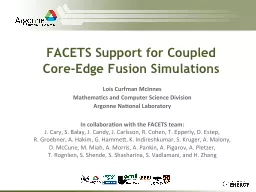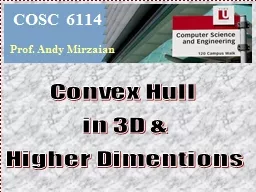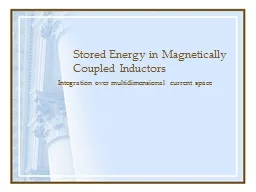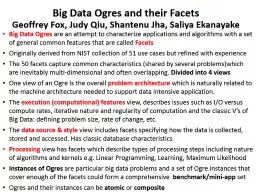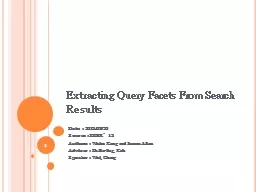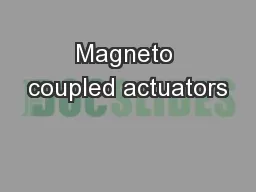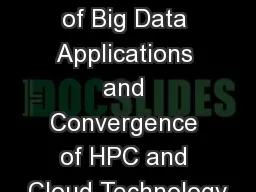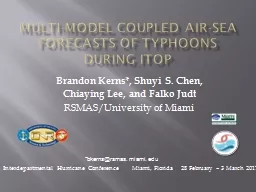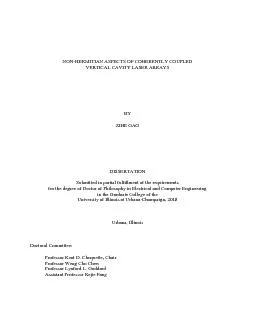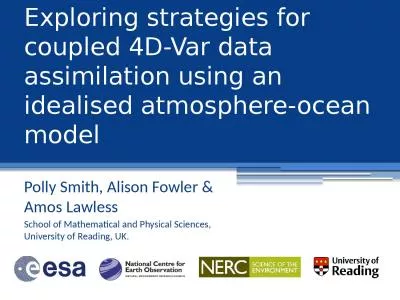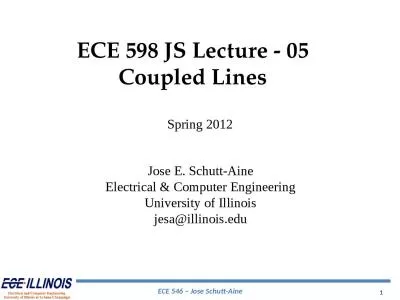PPT-FACETS Support for Coupled
Author : tatiana-dople | Published Date : 2016-03-10
CoreEdge Fusion Simulations Lois Curfman McInnes Mathematics and Computer Science Division Argonne National Laboratory In collaboration with the FACETS team
Presentation Embed Code
Download Presentation
Download Presentation The PPT/PDF document "FACETS Support for Coupled" is the property of its rightful owner. Permission is granted to download and print the materials on this website for personal, non-commercial use only, and to display it on your personal computer provided you do not modify the materials and that you retain all copyright notices contained in the materials. By downloading content from our website, you accept the terms of this agreement.
FACETS Support for Coupled: Transcript
Download Rules Of Document
"FACETS Support for Coupled"The content belongs to its owner. You may download and print it for personal use, without modification, and keep all copyright notices. By downloading, you agree to these terms.
Related Documents

